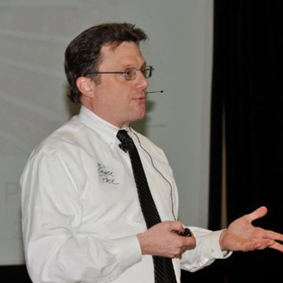|
|
Search Engine Optimization (SEO) is a digital marketing strategy focused on growing visibility of your website in organic (non-paid) search engine results. SEO encompasses both the technical and creative elements required to improve rankings and increase awareness in search engines. There are many aspects to SEO, from the words on your page to the way other sites link to your website on the web. Let’s begin to look at On Page and Off Page SEO…
|
- Crawling – Search engines have automated robot programs, called “crawlers” or “spiders”. The purpose of these programs is to run all the time to reach the many billions of web pages and documents. Then, it sends the information it finds back to the search engines.
- Index Building – Once the search engines receive the web page information from the crawlers, they decipher the relevant information from them and store that in massive databases to be recalled when needed for a search query. Index building is the process of organizing and relating all of the information in the massive databases.
- Title Tags – Put your targeted keywords in the title tag of each page on your site.
- Headings (H1 tag) – Headings are usually the largest words on the page, and for that reason, search engines give them a little more weight than your other page copy. Work your target keywords into the headings of each web page. But, make sure you accurately reflect your page content.
- URL Structure – Put keywords into your web page URLs if possible. However, do not change any of your current web page URLs just so they have keywords in them. That’s because the SEO you have already earned will become broken.
- Alt Text For Images – This is text that isn’t visible to the website visitor. Search engines crawl images as well as written content. So, inserting some relevant keywords that accurately describing the image will help search engines understand your web page’s content.
- Page Content – The content on your web pages needs to useful to people. It needs to be easy to read and provide value to the end user. Be sure you create content on your website targeting the keywords that will be relevant to online searchers and search engines.
- Internal Linking – Linking internally to other pages and documents on your website is useful to website visitors, and it is also useful to search engines.
On-page SEO ensures that your site can be read by both potential customers and search engine robots. With good on-page SEO, search engines can easily understand what your site is about, navigate the structure and content of your website, and rank your site accordingly.
On-page SEO is typically quicker and easier to implement. The reason why is that you should have the ability to change any of the visible and hidden content on your own website. So, start with on-page SEO. Ways to build back links to your website for off-page SEO are:
- Add your website link to your social media pages (LinkedIn, Facebook, Twitter, Blog, etc.).
- Ask friends, business associates and vendors to add your website link to their websites. In exchange, offer to do the same for them.
- Promote your website via social media and other digital marketing platforms to create interest. Encourage those content readers to add you link to your website.
- Offer to write content, articles or blog posts for other website. In your provided content, put a link to your website.
from BCNJ Member Blog Feed http://dlvr.it/PZztBL
via IFTTT




